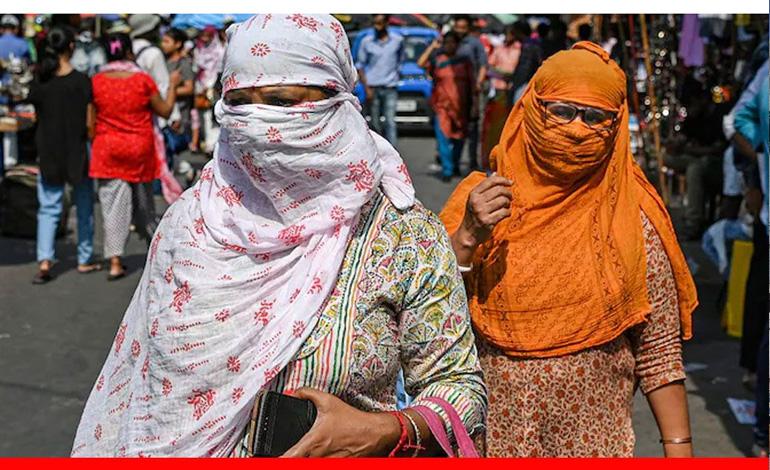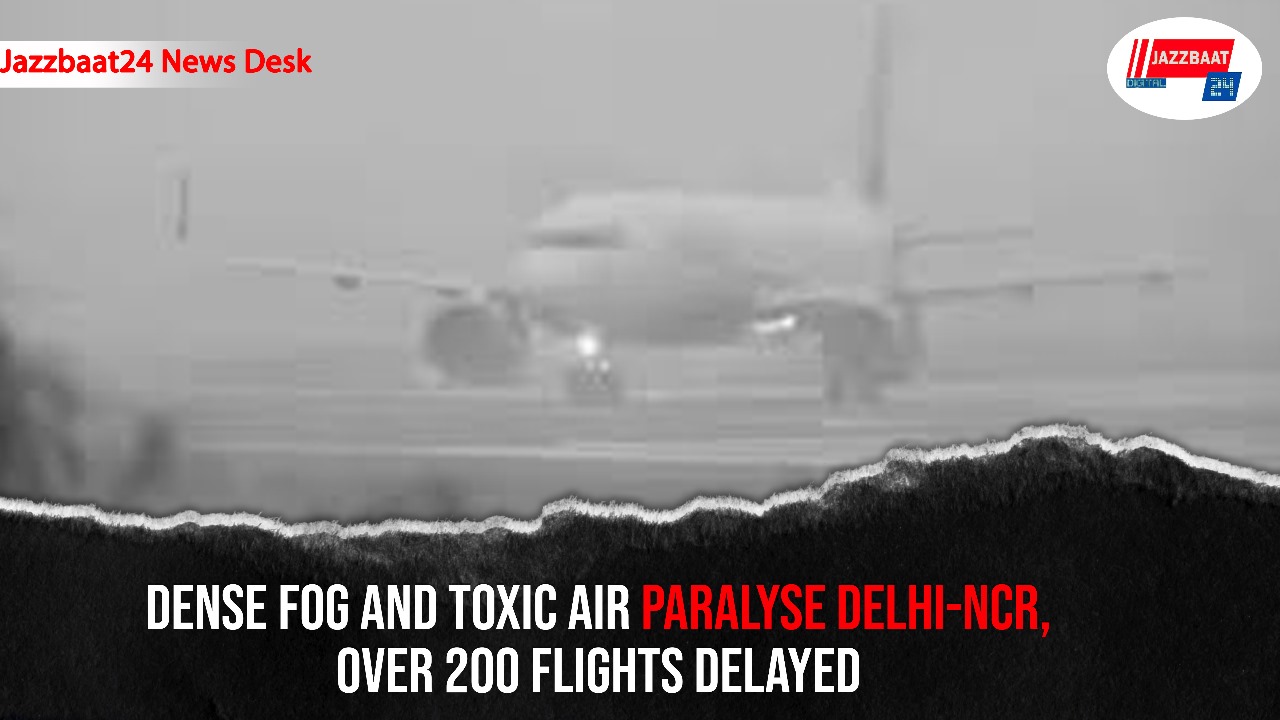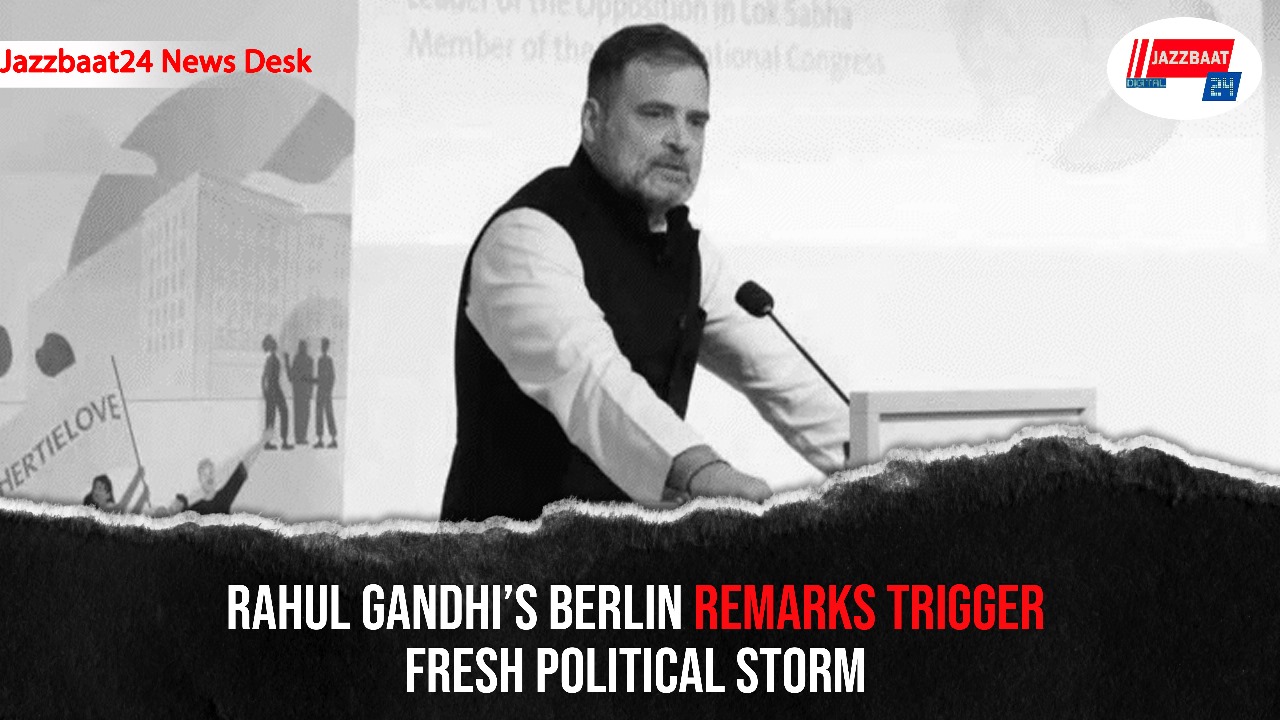At least 98 people have died as a result of a severe heatwave in Uttar Pradesh (UP) and Bihar, two states in North India. With temperatures soaring above 45°C in some areas, hospitals have recorded a surge in heat-related illnesses, including dehydration, heatstroke, and fever.
According to reports, 49 people have died in UP and another 49 in Bihar over the past week. Most of the victims were elderly people or laborers who were forced to work outdoors in the scorching heat.
Indian authorities have issued heatwave alerts for several states, including UP, Bihar, and Rajasthan. With no respite in sight, experts have warned that the death toll could rise in the coming days.
In an effort to prevent more deaths, Indian officials have set up “cooling stations” across the affected states, where people can go to escape the heat. Some states have ordered schools to remain closed until the heatwave passes, while others have implemented restrictions on outdoor work during the hottest parts of the day.
The heatwave has also taken a toll on India's power grid, with many areas experiencing power cuts due to high demand for electricity. In some cases, the power cuts have lasted for several hours, leaving people without access to fans or air conditioning.
India is no stranger to heatwaves, with temperatures regularly exceeding 40°C in the summer months. However, the severity and frequency of heatwaves in recent years have raised concerns about the impact of climate change on the country.
In 2015, a heatwave in India claimed the lives of more than 2,500 people, making it one of the deadliest such events in the country's history. In response, the Indian government has launched a nationwide program to increase awareness of the dangers of extreme heat and to promote measures to reduce its impact.
Despite these efforts, however, heatwaves continue to pose a significant threat to public health in India, particularly for vulnerable populations such as the elderly and outdoor laborers.
As the current heatwave continues, experts have called on Indian authorities to take stronger measures to protect the public from its effects. These measures include improving access to cool shelter, providing adequate drinking water, and implementing restrictions on outdoor work during the hottest parts of the day.
As the world faces the growing threat of climate change, the heatwaves in India serve as a reminder of the urgent need for action to reduce greenhouse gas emissions and to adapt to the changing climate. In the meantime, millions of people in North India are struggling to cope with the punishing heat, with little relief in sight.





